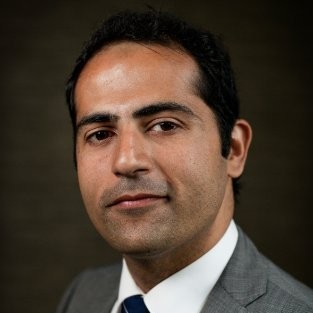Schools of Nepal should find new approach of punishment that will help students outgrow negativity and develop positive attitude. The best way to do this is by teaching them yoga
Many of the Nepali kids from early decade of this century may remember those terrifying school punishments when we were fated to undergo hard physical pain and traumatic scolding or shamed in front of class or assembly. But it’s really debatable whether such punishment and psychological harassment yield positive development in students. Still today, in many schools students are made to stand on bench, step outside of class and mocked in front of other students to shame them and make them feel low which ultimately impacts their self-esteem.
So the schools of Nepal should find new approach of punishment that will help students outgrow negativity and develop positive attitude without hampering their self-esteem. And the best way to do is by teaching yoga instead of punishment. Though such practices are rare in Nepal it will not be risky experimentation because many academic institutions around the world have already experienced the positive results with this idea. At Doull Elementary School in Denver, when students misbehave repeatedly, they are assigned to a new after-school activity—yoga.
Yoga – An Ancient Blessing

Some people these days have developed a kind of limited consciousness that yoga is all about body posture and physical fitness. If it were, it would be just like joining gym or taking in dieting schedule. Especially the Western countries have equated yoga with exercise that is deemed to bring positive medical consequences in body, particularly maintaining figure. But the truth is yoga aims toward identifying your divine existence and helps people to grow up into next version of self. Just like a caterpillar metamorphes inside cocoon and flies as free butterfly. The phase of silence and patience during meditation is mental cocoon for any yoga practitioner as they will undergo some kind of psychological realization and identify their inner being which will ultimately help them to embrace the new version of themselves. If young minds are made accustomed to such practice instead of punishment, it will surely result in positive change in their attitude.
People tend to forgot that school is not an easy space for children. Just think about the hectic daily life of student—waking up early morning, fulfilling the assignments, spend whole day learning new ideas—and all these because there are no other choices. On top of that the external factor like parental pressure, fitting with friend and losing the game also add to their worries. In such scenario how can immature mind constantly maintain positive attitude? A budding brain of child can be easily influenced. Thus the school needs to shape their mind in right way through meditation, not the punishment.
The positive neurological effect of yoga has been evidently proven in many brain-imaging researches done on individuals who often practice yoga and meditation. As per the research done by Harvard Medical School, the gray matters of 25 years old brain were found in the neural region of 50-years-old yoga practitioner, which means even when the body gets older the brain remained young because of meditation. Researchers have claimed that such change can occur within few months of dedicated yoga. In the wake of modernization, we are living in social space where values, relationship, emotions and inner needs often remain ephemeral and they are influenced by external tendency like consumerism whim which leads to failure to satisfy our higher level personal needs. Yoga tends to find equilibrium in physical occurrence and human response. No matter how uncertain the situation is we must learn to adapt. Apart from the seeking something like adrenaline rush, yoga teaches people to adapt with changes.
Unlike school punishment, in yoga, bodily effort is used as a foundation and later the process will result in encountering, exploring, integrating and transcending many levels. According to Maslow’s Needs Hierarchy, human beings have five levels of needs and upon completing one level with required amount of stability the impulse to reach another higher level automatically emerges over time. Abraham Maslow proposes this theory in his 1943 paper “A Theory of Human Motivation” which details the following as the basic human needs: physiological, safety, social belonging, esteem and, finally, self-actualization. We can relate these with chakras of yoga which also talks about gaining ultimate self-actualization. From the root chakra to the crown chakra, they function as wheels of energy within our subtle body that shows how our body is linked with mind and how human body addresses psychological needs.
When students are punished they develop resentment toward school which will lead to ineffective teaching-learning environment. But 15 minutes of yoga punishment for naughty student will not only fulfil the punishment criteria but also help them to develop positive attitude in future.
Furthermore, the chakras identified during yoga also are linked with endocrine system as each chakra is placed at the point where major glands reside in human body. Therefore balancing the chakra through yoga practice also enables students to control the production of negative hormones. Such innovative approach will also enhance institutional capacities of schools.
The author is a senior researcher at Pioneer Research Center Nepal (IRCN), Budalinkhanta, Kathmandu







































